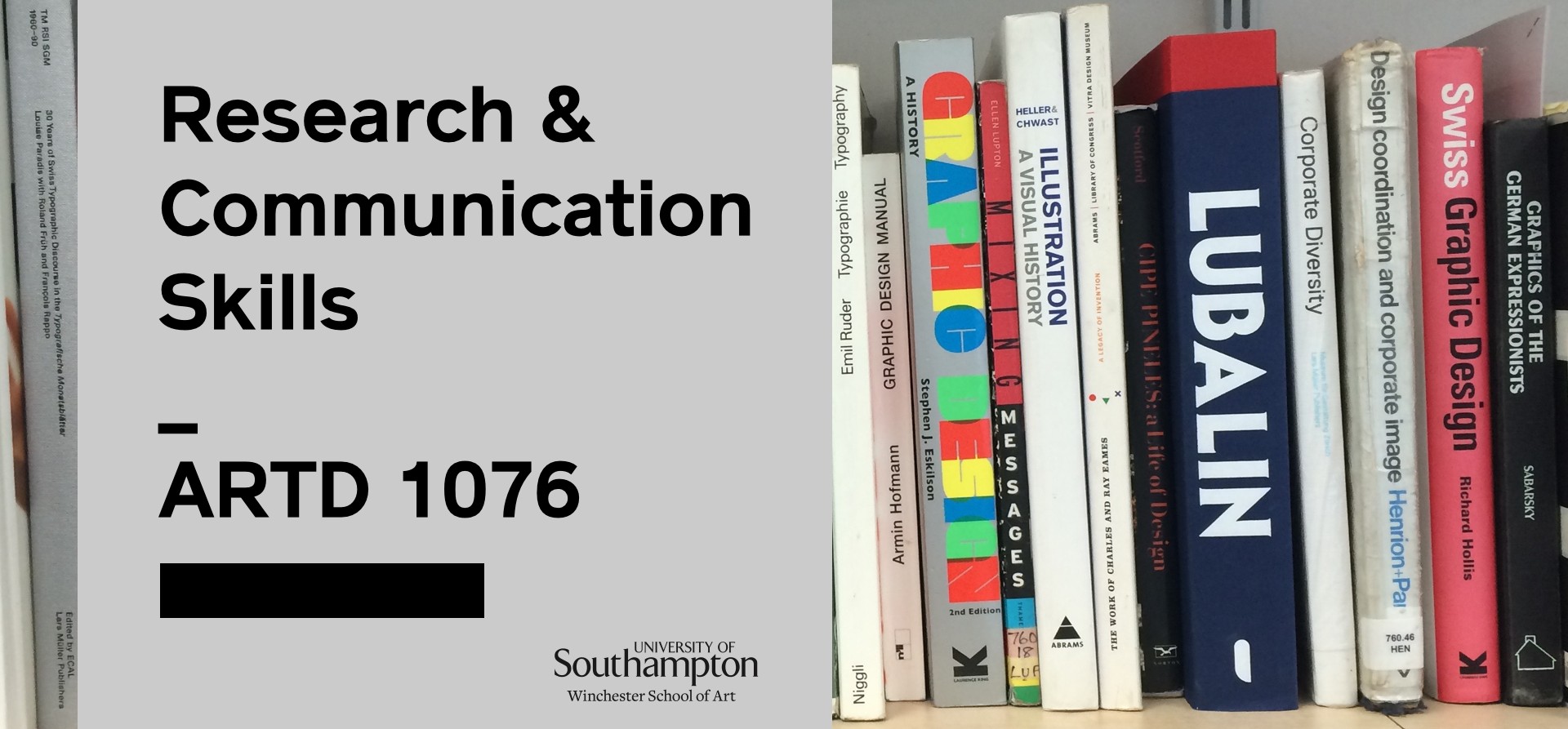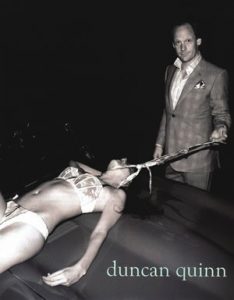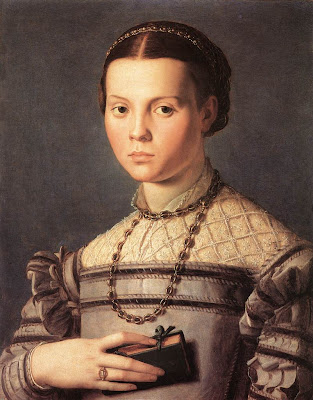With this research and communication skills module I found it very interesting and challenging at the same time. Each week I was given a task which involved research and critical thinking. Once I had analysed the task I could then publish my understanding and knowledge of the given subject onto WSA blog.
Task 1/2 I had to find an image in a book then relate that image to an online article and museum or archive. With this task I wasn’t sure on what subject image I could find and how I could develop from that. But it didn’t take me long to find something I was interested in and could develop my knowledge and understanding of. This task gave me the understanding of how to research with a range of resources. After I could relate the 3 steps of the task I knew how I would work together.
Task 3/4 was looking at plagiarism in the Fashion industry. I felt it was quite interesting to look at as I had to choose a fashion image from a book which I could then relate to an online and article source. This was straight forward for me as I knew what I wanted to consider. But I knew that from doing this task I could understand how to relate sources and reference them so that I and others would know where I got my sources from. Referencing is critical for everything and is something I can always do especially when using others work.
Task 5/6 I had to find a designer collection and research the theme to it, which I could then collect 10 images to create a mood board and pick 1 image to analyse. With this task I decided to pick one of my favourite designers’ Valentino to then analyse and write about. I found this task good to do as it’s sometimes easy to notice where the designers get their inspiration from.
Task 7/8 I had to read a chapter from a fashion book, I then had to look for another 2 books sources which could relate to the original chapter I read. With this task I found it quite hard to know what to write. As I noticed that it took a bit of time just to look for other books and to read them. Majority of the time I wasn’t fully sure what the subject matter was about. And it took me a bit of time to know what exactly I wanted to write about.
After completing these tasks, I realised how important it was to reference everything! Sometimes it’s not always clear where sources come from. I’ve also learnt how to use a range of resources not just online. There’s so much online now that it’s easy to get information. But it’s also good to look at books as there could be more interesting articles. Overall, I found this module very interesting and I now feel more confident in analysing and researching sources.
Author Archives: Chloe Chivers
Task 5/6 Reflective Writing
Reflective writing – Taste, Fashion and the French Fashion Magazine
For reflective writing I firstly read the article by Sandra Miller, in the book article she reflects on 17th century French fashion magazines. She starts of the article with ‘fashion magazines have been truthful mirrors of their time. They have functioned not only as repositories of the progress of sartorial fashion and the most up-to-date social, cultural and artistic developments but also as self-styled barometers of taste.’ (Miller) This quote from her suggests to me how fashion magazines from that era are like the equivalent of today’s social media where they are up-to-date fashion trends, so the reader knows what’s the latest trend. I think Sandra Miller is correct with the ‘mirrors of their time’ (Miller) as they are, we can look back at the journals from that era as they tell us a story. In a few years’ time we can look back at todays fashion magazines as it can then show us how fashion has changed over a period of time.
Another quote she included was from another author. ‘An increasingly well-informed, provincial as well as urban, female readership eager for the latest news in fashion’ (Blackman 2007:6). With higher social class women in the 17th century they didn’t have to work so they took interest in fashion. They used the fashion magazine like a female newspaper where they could keep up to date. They followed the latest fashion and used it to set an example to others who looked up to them.
My favourite part of the article is the last paragraph where she sums up fashion magazines as ‘mirrors of their time’ (Miller). This I agree with. It’s all about fashion telling a story throughout the decades. They are like mirrors where they reflect what’s going on in the current social situation.
After looking at Sandra Miller’s article I read Daniel L. Purdy’s, this I found more controversial, especially in one of his quotes, ‘…unlike the Parisian journal, it appealed to both sexes more out of an ideological commitment to universal Enlightenment reform…’ (Purdy 2010). With this I don’t think the fashion journal appeals to both sexes at all, it’s clear it’s a more female subject. Women are the more fashionable sex, they follow fashion unlike men. Purdy obviously doesn’t understand the target audience for fashion.
He then progresses on to say ‘…French and English fashions to generate excitement among readers…’ (Purdy 2010). This I think is one of the only quotes of his which I agree with, although I found parts of the article quite negative towards the French magazines. I think French fashion is the most fashion forward, it’s more unique with it’s style and has always been the trendsetters of the world.
My next article reference was from Fashion Beyond Versailles, this I found it more agreeable, one quote ‘Le Mercure was also deeply aware that at its most fundamental level fashionability was an attribute that applied to elites. Certainly, the magazine addressed French elites’ (Bohanan 2012). This is true as the French working class couldn’t afford the ‘posh’ French fashion magazines, I think it was something for the elite, they were the most fashionable of their time.
After reading these three articles I feel that they all have different point of views but to gain knowledge on the subject its good to read a variety of sources to see how others feel.
I think that Sandra Millers book article is accurate to the French journals as she provides plenty of historic information on the topic, from this I feel like I have learnt something. With looking at these opinions it gives me the experience to further my knowledge of the subject with future projects. I can know look at a variety of sources.
Miller, S. Taste, Fashion and the French Magazine.
Purdy, D.L. (2010) The Fashion History Reader Global Perspectives: Fashion Journals and Enlightened Consumers. Routledge.
Bohanan, Donna. J. (2012) Fashion Beyond Versailles: Consumption and Design in Seventeenth-Century France. Louisiana State University Press.
Task 9/10 Fashion Advertising
Fashion advertising can be very controversial. Sometimes it’s not always clear what the advert is about and what they are selling.
For example, this advert by Duncan Quinn, I had to research the brand as it wasn’t clear to me what the advert was selling.
This advert is supposed to be selling bespoke men’s tailoring and accessories. But you’d have to look hard to find as it’s not obvious.
When I firstly looked at this advert I felt disgusted, my eyes were straight away drawn to the middle part of the advert where the tie is around the females’ neck. My eyes were then drawn to the male model with his posture and facial expression which explains a lot.
With this advert it shows the male domination and how he has power over her. But in the 21st century I don’t think this is at all politically correct. Seeing this brings out the feminism in me and how women should be treated and not as an object. Especially with this advert looking like she is a sex object or sex slave. It’s also showing the more sexual aspect to it, you could say it’s like something from a porn film or more recently Fifty Shades of Grey.
The female model doesn’t need to be in this advert at all in my eyes, it’s about male tailoring so she doesn’t need to be there. The posture of her is quite sad to look at, to me with the way he’s posing with the tie around her neck makes it look like she’s struggling or is dead, which is something which should not in a fashion advert whatsoever.
This advert is showing how he’s a possible criminal, it’s something like you read in the news. Where a male abducts a female, rapes her, then murders her. Treating her like an object, although like anyone else she has feelings and is a human being. It’s making this advert more current with the subjective meaning behind it.
The advert is sending out the wrong message, to think the amount of people who could view this makes me feel sick. Especially with the younger generations, as fashion adverts like this one can be viewed by literally anyone nowadays especially online or social media.
Overall with fashion adverts there shouldn’t be any violence or sexual content in them that’s what fashion shouldn’t be about, it should be about the clothes and accessories itself how you feel when you wear them, how they empower you and how you stand alone with your own individual trend different to anyone else’s. In the future this is what adverts should be about where it gives a positive message and encourages the younger generations growing up and coming into the industry how fashion adverts can be something good.
Task 5/6 – Valentino
To find an inspirational designer to me wasn’t hard, Valentino has always been a favourite of mine. Through the simple lines and the detailing which is very advanced for the Fashion industry I knew this was something I’d want to look into. To find a collection which I could get the designers inspiration from I didn’t have to look hard. I looked at Vogue and noticed that Valentino’s Fall 2016 Couture collection has plenty of information on where the designers got their inspiration from.
This Couture collection has used William Shakespeare as a main subject for the garments created; by using his famous storylines. Valentino has also looked at the Elizabethan era with its architecture, portraiture and the Italian catholic renaissance.
To focus on one image, I’ve chosen this original Elizabethan portrait, I think it sums up the collection easily. The first thing I notice by comparing it to the Valentino garment is how alike they are, I could easily understand the Valentino garment being the original Elizabethan costume.
One thing that Valentino has taken from the Elizabethan era is the bodices, the puffed sleeves, the necklines, the brocade and the shape of the silhouette. I immediately notice the Elizabethan ruff around the neck which was a popular trend from that time period; it doesn’t show in this portrait, but however it shows how they covered their necks with detailing.

With both the images I’ve noticed how they decorate their garments as well with the detailing and the jewellery which shows power and money – what social class they are. The rich textures of the fabric also bring them both together, this was another popular trend for that era as everyone followed the queen to show their wealth and status.
Click on link
I feel that the Valentino collection really connects with the Italian and Elizabethan renaissance era as you can see what key parts they have taken to create the Couture collection.
http://www.italymagazine.com/featured-story/renaissance-part-5-art
http://elderbradengriffiths.com/mantova-italy-gem-of-the-renaissance/
https://www.rsc.org.uk/shakespeares-life-and-times
http://www.artistsandart.org/2009/12/portraits-of-women-in-italian.html
https://www.pinterest.co.uk/catholic4all/popes-of-the-catholic-church/
https://www.vogue.com/fashion-shows/fall-2016-couture/valentino
https://www.pinterest.co.uk/explore/sacred-heart-cathedral/
http://www.philippagregory.com/family-tree/queen-elizabeth-i
https://www.rsc.org.uk/the-merchant-of-venice/about-the-play/dates-and-sources
https://www.citelighter.com/film-media/fashion/knowledgecards/womens-fashions-of-the-elizabethan-era
Plagiarism in fashion
Plagiarism and integrity
The 1940’s is one of my favourite eras for fashion as it shows the femininity of the woman and how she portrays the beautiful natural figure.
I found a book that I own which is all about the 1940’s, it shows original photographs, illustrations and advertisements from the fashion industry back in that era. Personally, I think women back then looked more attractive as they didn’t have plastic surgery like we have today and they also didn’t go over the top with make-up unlike now when you have to go through a lot of processes just to look pretty, like women now feel more self-conscious about their looks.
Dirix, E and Fiell, C. (2013) 1940s Fashion The Definitive Sourcebook. London: Goodman Fiell.
After looking through my 1940’s book my next step was to go onto a website which was about my chosen era. I found this website which goes through the popular forms of dress during the wartime era and how it developed into the 1950’s. It’s very informative with plenty of illustrations and photographs showing each trend.
The University of Vermont (2011) Women’s Clothing. Available from: https://www.uvm.edu/landscape/dating/clothing_and_hair/1940s_clothing_women.php (Accessed 25 Oct. 17).
For my next step I found an article by Marie Claire which shows how the actresses of the era dressed which have become very iconic photographs. It’s very interesting to see how celebrities from that era dressed as from their popularity the public followed what their icons wore.
Marie Claire. (2017) We highlight the key moments for 1940’s fashion. Marie Claire, 29 March.
With going through these steps I have learnt how to link each step and get information from more than one source. But also to reference everything as it’s not always clear.
How to use online resources?
Book – After Auschwitz, responses to the Holocaust in Contemporary Art.
Image from book – Henri Pieck, Behind the Barbed Wire C.1945.
When searching for an image I decided I wanted something different and not Fashion related. I found this book on Contemporary Art but what makes it more interesting is that artists have created pieces of art based on a real life historical event. Everyone knows how WW2 was a big historical event and how it changed the lives of many but I think that the Holocaust was the worst part of it, and how the Jews were treated especially in concentration camps. This book has artwork based on Auschwitz itself which is very moving and life like with how the artists have captured the emotions.
I found a piece of art created by Henri Pieck in 1945; it captures Jews in Auschwitz behind barbed wire in their striped pyjamas which they had to wear during their stay in the concentration camp. Although the image is in black and white I feel like I can imagine the colours behind it, for example; the striped pyjamas dirtied in mud and filth which they have been living in for weeks or more, the bony figures where they are starving and haven’t eaten in a while, the dirt on their faces where they haven’t washed for days on end and the emotionless facial expressions where they no longer feel the pain and hunger as they’ve gotten used to it.
This image is also factual and tells an historical story for each and every generation to understand, but it also brings controversy on how the Jews were treated in concentration camps.
For my next step I’ve taken the object of the striped pyjamas to further my knowledge and what I can discover from the object.
My next source was the website above which is where I found original photographs of Jews wearing striped pyjamas.
This website gives plenty of information on what happened to the Jews once they arrived at the concentration camps and how they weren’t protected enough in what they wore which made them contract illnesses and even lead to death. With the website using real life photos it gives a good insight to what really happened.
Museum – Imperial War Museum, London http://www.iwm.org.uk/exhibitions/iwm-london/the-holocaust-exhibition
Looking on the website the Imperial War Museum has an exhibition on the Holocaust and explains everything you want to know about it. It gives real life stories with short videos as well to give more of an insight. You can also read stories told by previous inmates which are very interesting. But what makes it all connect together is the ‘Artists responses to the Holocaust’ exhibit which gives the link from where I originally started with the image from the book.
Since starting at the beginning with the book image I feel like I’ve learnt a lot. But I also feel lucky for the century I live in now. I don’t understand how humans could treat other humans with such barbarity just because of their religion. It’s something that will stay in the history books for quite a while but will also teach generations to come.


